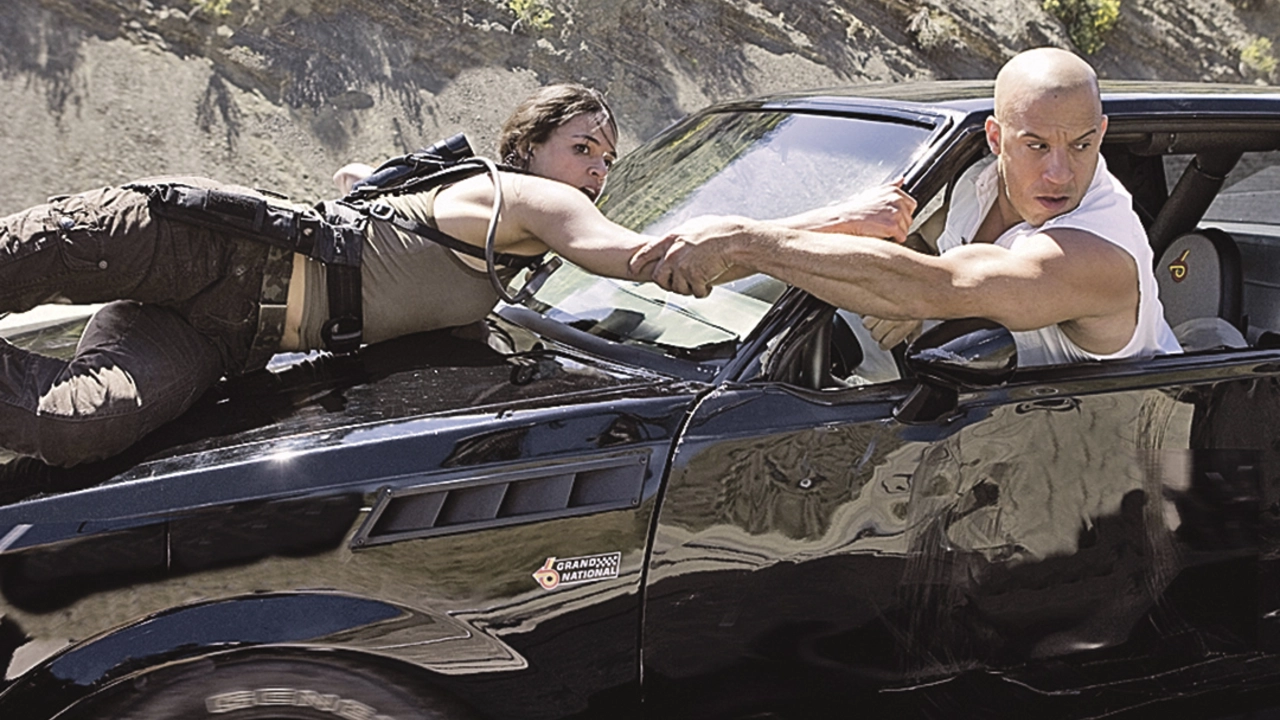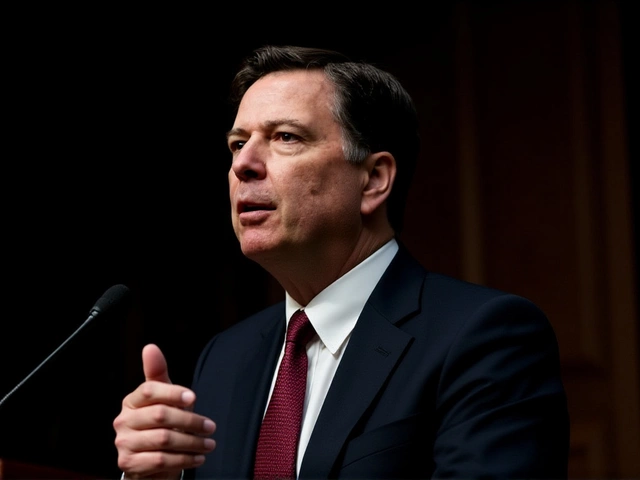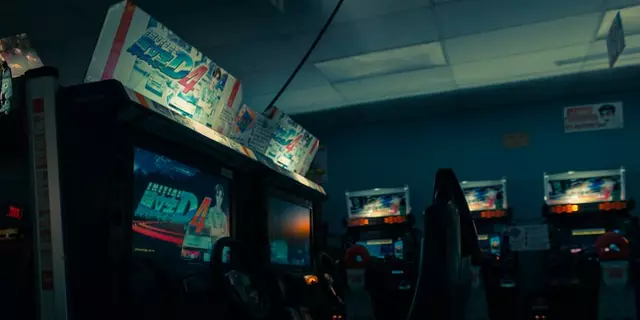Movie Analysis: How Racing Films Capture Speed and Drama
If you love the roar of engines and the thrill of a perfect overtake, you’ve probably watched a racing movie that made your heart race. But what makes those films feel so fast when you’re sitting on a couch? Let’s break down the tricks directors use to turn asphalt into pure cinema.
Fast Editing Keeps the Pulse Pumping
First up, editing. A good racing scene jumps between the driver’s eyes, the dashboard, and the track at lightning speed. Quick cuts create a sense of urgency and make the viewer feel like they’re in the cockpit. Directors also sprinkle in reaction shots of the pit crew, the crowd, or a ticking clock. Those extra frames add context without slowing the action.
Sound design is another secret weapon. The growl of a V8, the squeal of tires, and the shudder of a spoiler hitting the air are layered over a pounding score. When the audio peaks just as the car slides into a corner, your brain registers a surge of adrenaline. That’s why a simple rev‑up can feel louder than a blockbuster explosion.
Storytelling on the Track
Speed alone isn’t enough – a racing movie needs a story that sticks. Most films follow a familiar arc: a rookie driver, a seasoned mentor, a high‑stakes race, and a personal hurdle to overcome. This formula gives viewers something to root for beyond the cars.
Take the classic ‘Le Mans’ chase. It’s not just about lap times; it’s about a driver’s obsession, a team’s camaraderie, and the cost of success. By weaving personal drama into the race, the film makes each overtake feel like a life decision.
Even the setting matters. Real‑world tracks like Nürburgring or the Daytona International Speedway bring authenticity. When a director shoots on location, you get genuine lighting, weather, and track details that add weight to the narrative.
Finally, character development happens in the pit lane. Quick banter between crew members, a tense discussion about tire strategy, or a silent stare before a final lap – these moments humanize the high‑octane world and let the audience connect with the racers.
So next time you watch a racing movie, pay attention to the cut‑rate editing, the layered sound, and the personal stakes driving the plot. Those ingredients turn a simple speed test into a story that sticks with you long after the credits roll.



